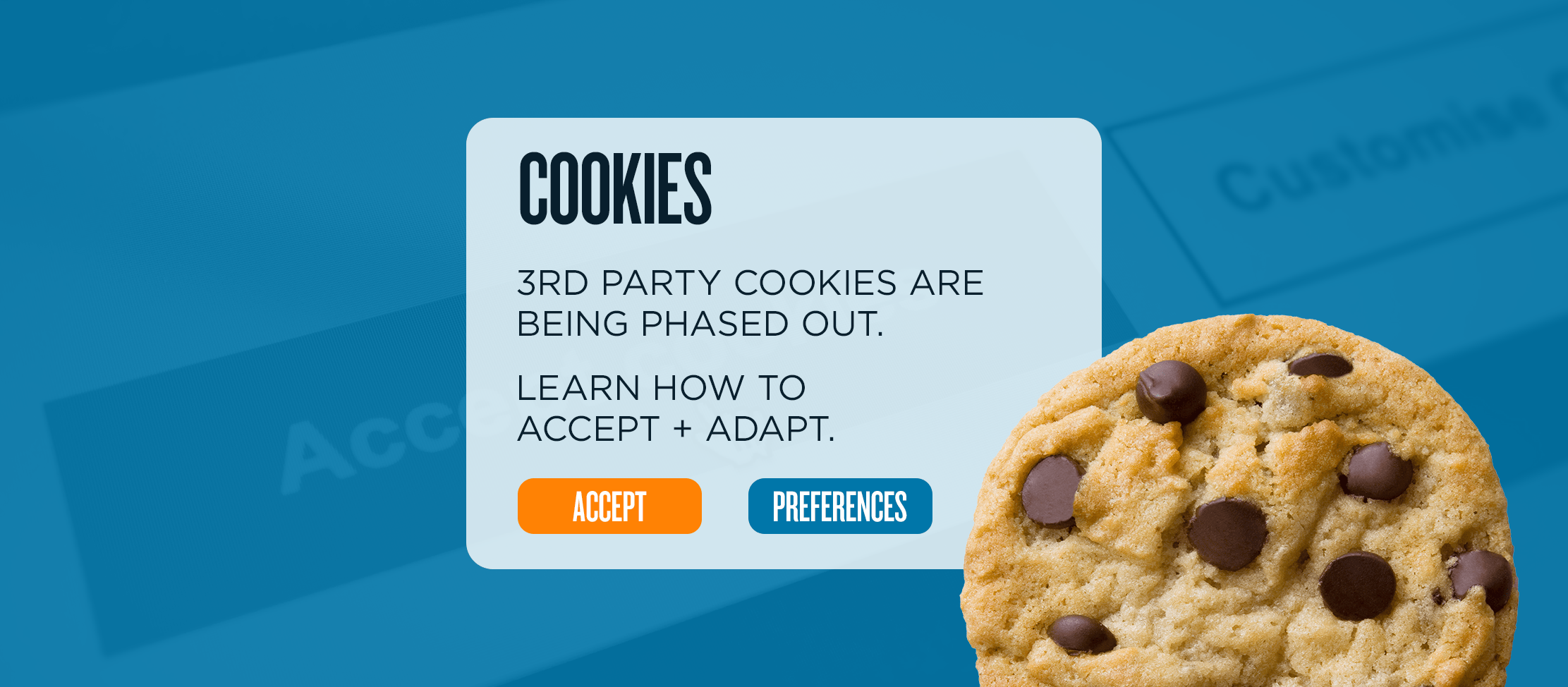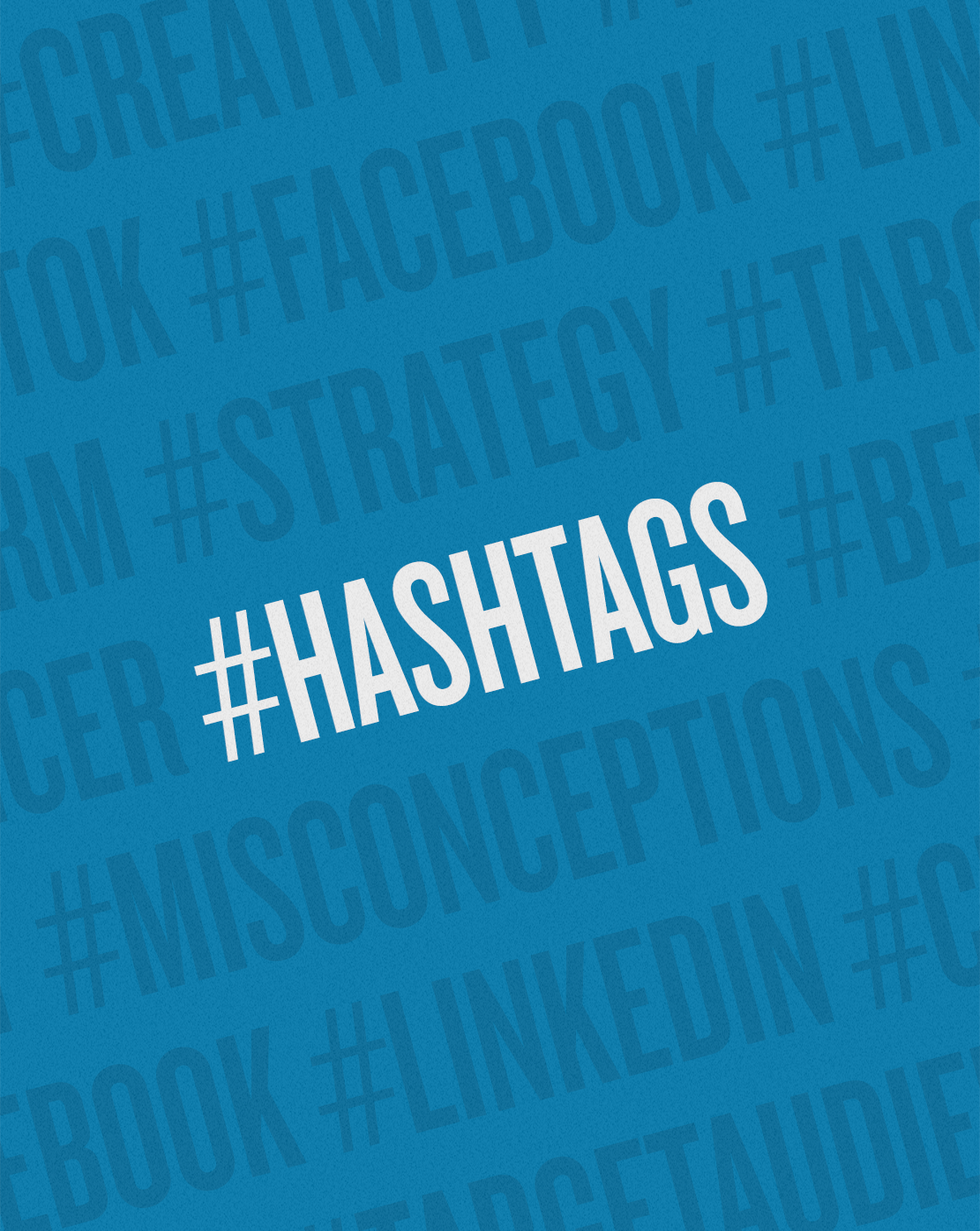
No More Cookies? Other Sweet Ways To Target Audiences
How to adjust as Google phases out third-party cookies and tracking
As consumer privacy becomes more of a priority, there are changes already underway in how digital advertising campaigns are targeted. This includes the deprecation (elimination) of third-party cookies. By late 2024, Google Chrome intends to block all third-party cookies, requiring advertisers to adjust how they target their intended audiences. It’s already started for some users.
So…what are third-party cookies?
Cookies are little bits of web code that get downloaded onto your computer when you visit a website. First-person cookies are downloaded by the site being visited, and these can be helpful to consumers because they can do things like allow you to stay logged into web accounts and save your online shopping cart. Third-party cookies are created by different sites than the one being visited, and they’ve helped advertisers target ads depending on the data they collect; this could range from age to gender to search history and historical behavior on websites.
How will Google’s privacy-first approach impact advertisers?
The removal of third-party cookies will make it harder for advertisers to track the web activity of potential customers, which will mainly impact the use of remarketing capabilities. This move from Google is to appease the concerns of their consumer audience, who have become more aware of the use of their personal data and feel their privacy is being invaded.
Are there other options?
Without third-party cookies, advertisers will have to use their first-party data for targeting information. Google has also been building the Privacy Sandbox, which is a less intrusive solution to targeted advertising. The Sandbox is a collection of data within high-level interest groups to use for targeting such as fashion, food, travel, etc.
Besides solely relying on first-party data for targeting, there are other cookieless tactics that we use consistently as an agency to reach our intended target audience for our clients.
Examples of cookieless tactics:
- First-party demographic/behavioral/interests
- First-party CRM data
- Contextual/keyword
- Weather triggers
- Sequential messaging
- Lookalike/predictive
- Mail domain
- App detection
- Social engagement
- Purchase/transaction
- Automatic content recognition
- Amazon audiences
- Device ID lookback
- Job titles/professional organizations/member groups
Examples of cookie-based tactics that will eventually no longer work
- Third-party demographic/behavioral/interests
- Remarketing
So there are still numerous ways to reach your target audience, even with the removal of third-party cookies. Hope that brings you some sigh of relief!
What can you do now as an advertiser to help ease this transition?
One of the best things you can do to prepare for this new world is to increase your first-party data collection efforts and leverage that data to help with your advertising efforts. Now is also the time to test cookieless strategies.
EPIC has already been taking a proactive approach to ensure our campaigns transition easily into the cookieless landscape. We recommend split-testing cookieless versus cookie-based targeting tactics. A side-by-side comparison will offer a data-driven opportunity to make informed decisions on which cookieless strategies are most comparable … or even higher performing.
By late 2024, you may not be able to pick any cookie you want, but you still have the opportunity to satisfy that sweet tooth by being strategic.
Need help adjusting to this new environment? EPIC can help—just reach out!
Recommended







